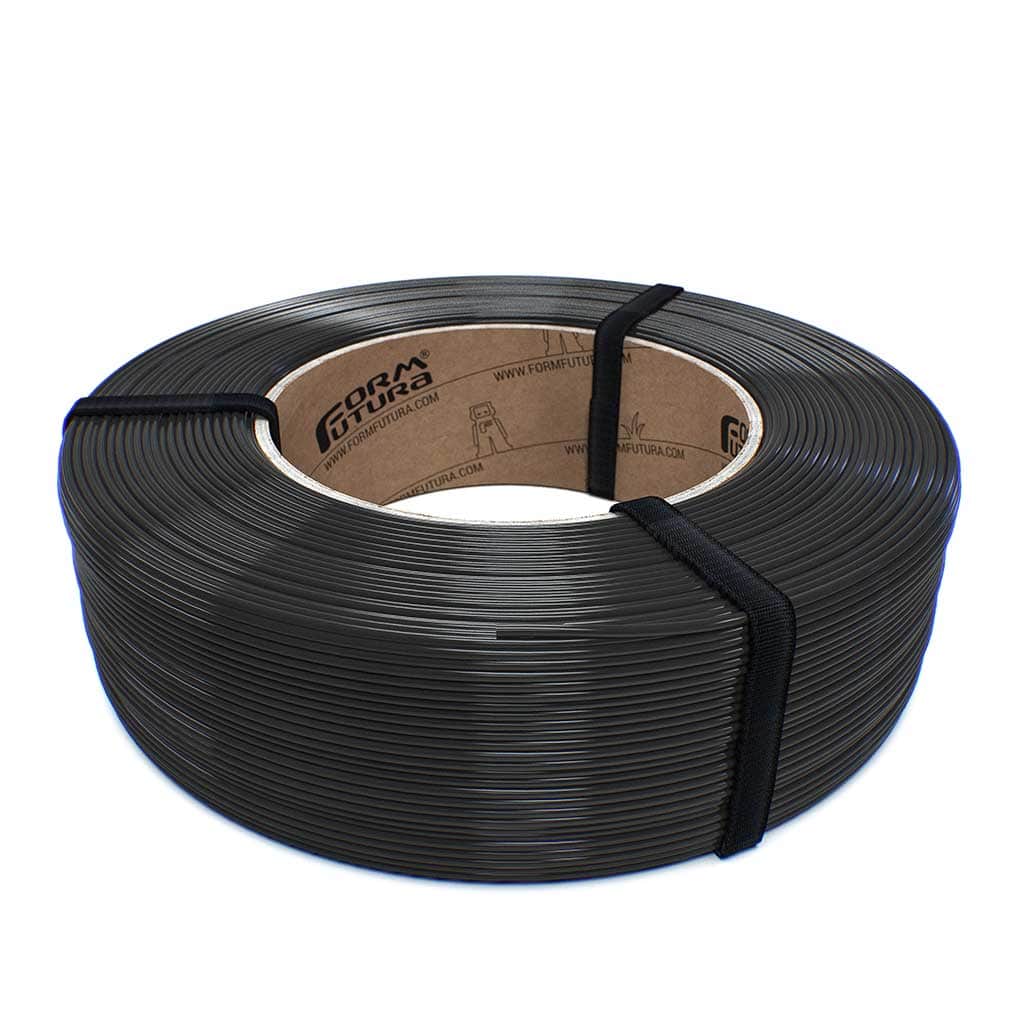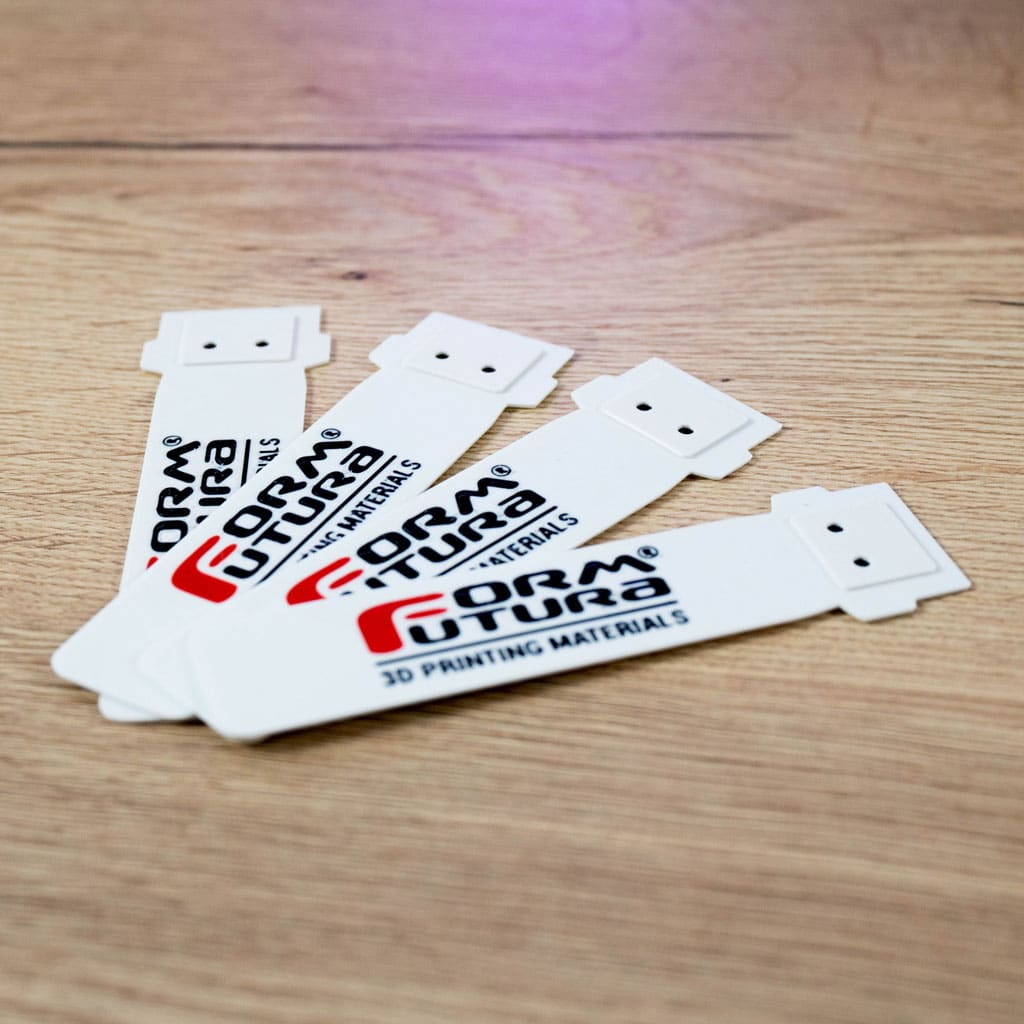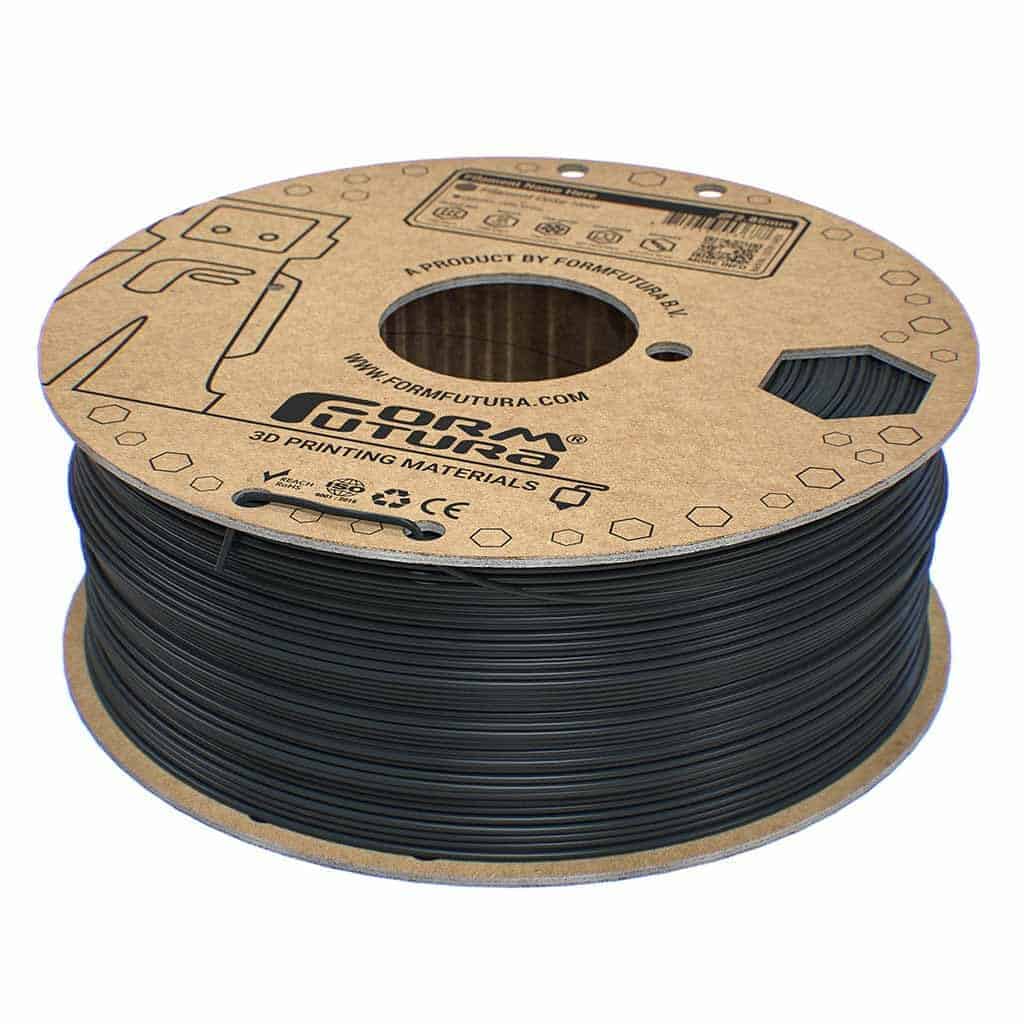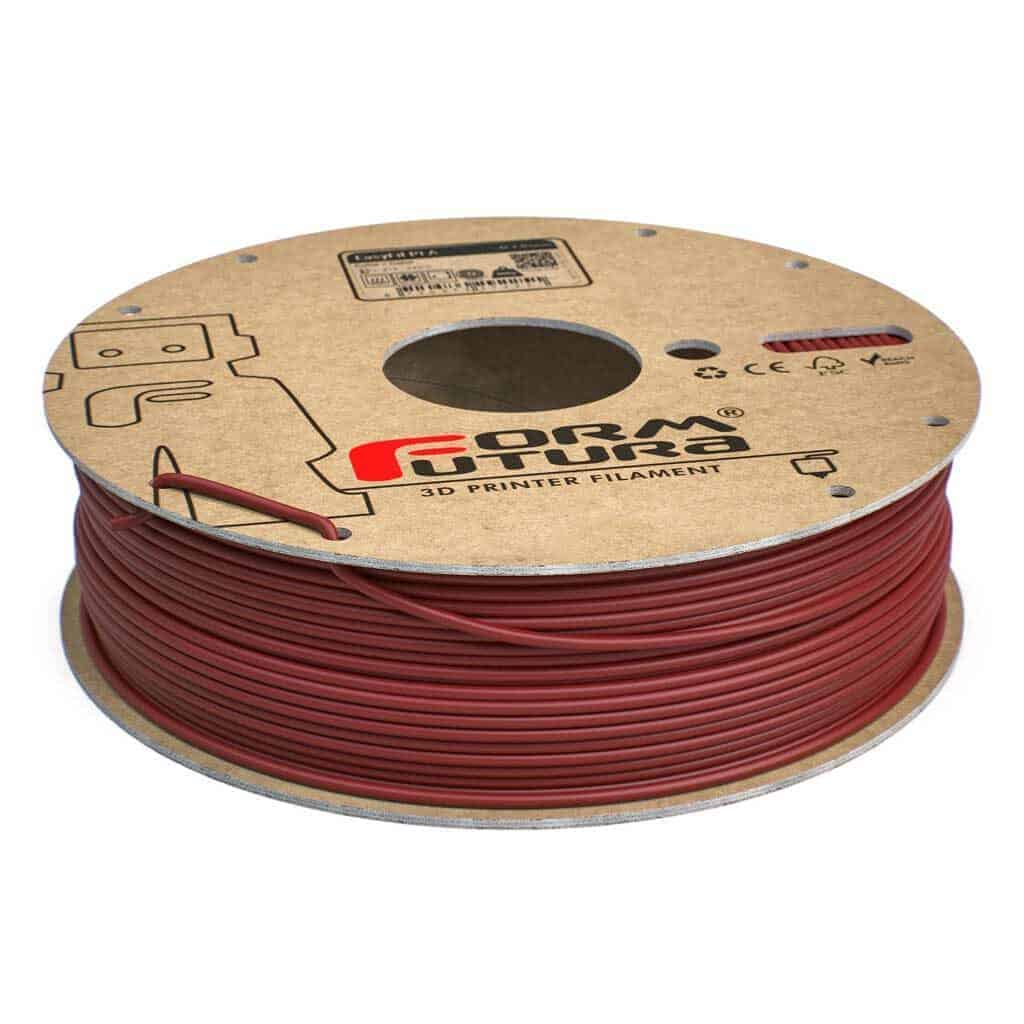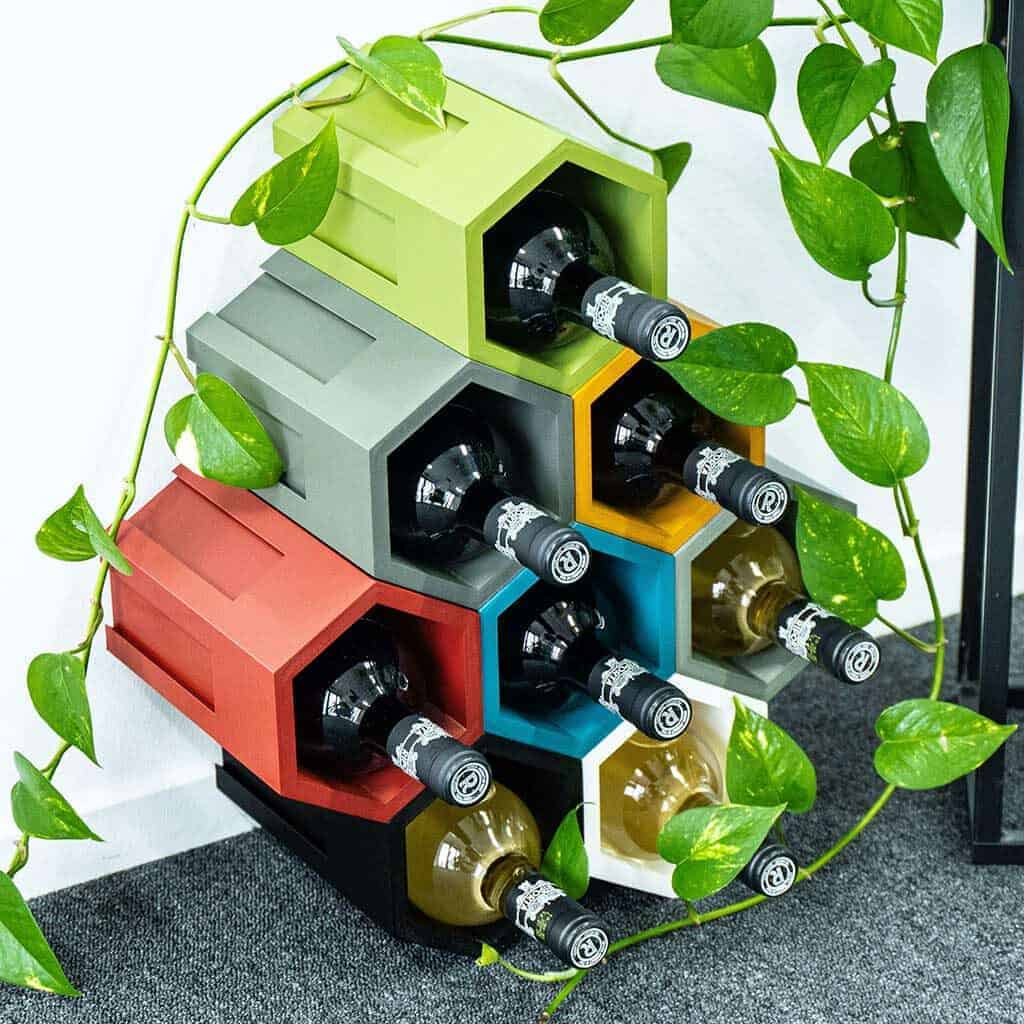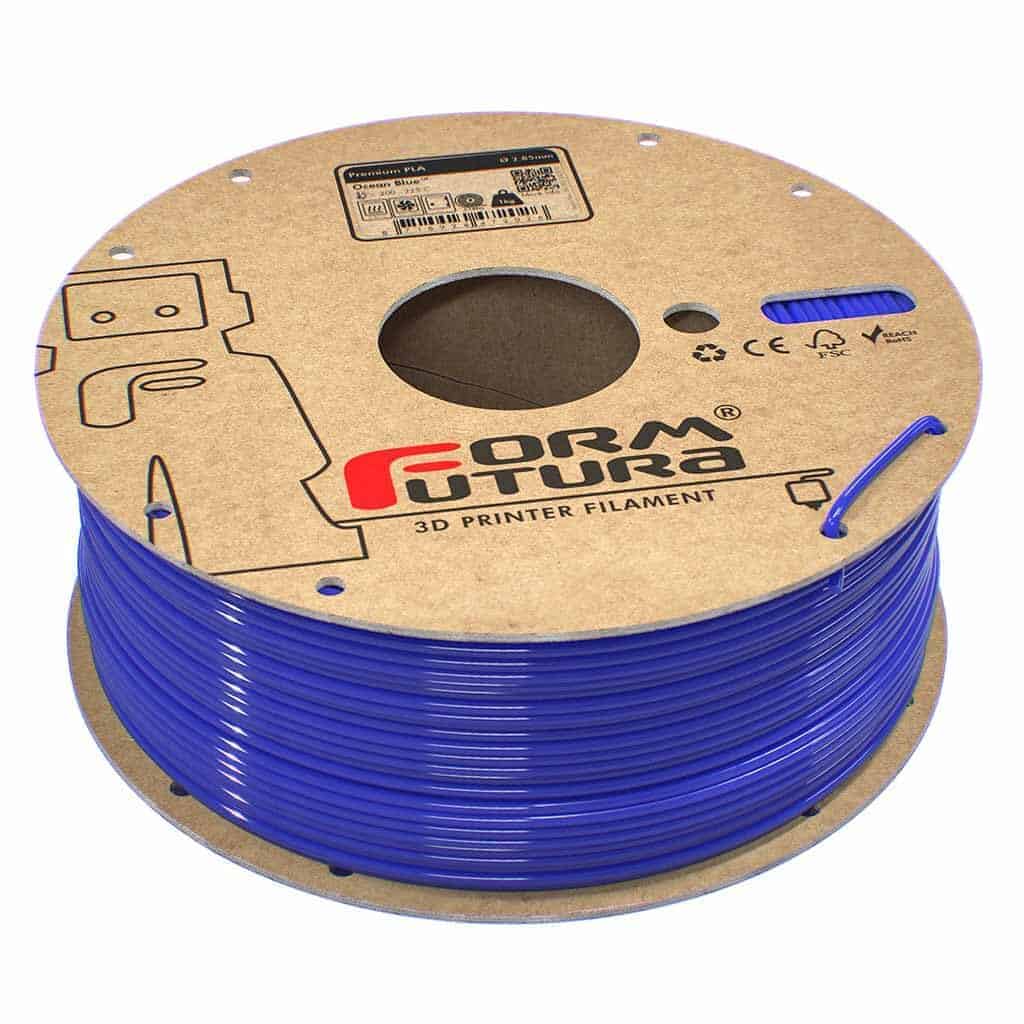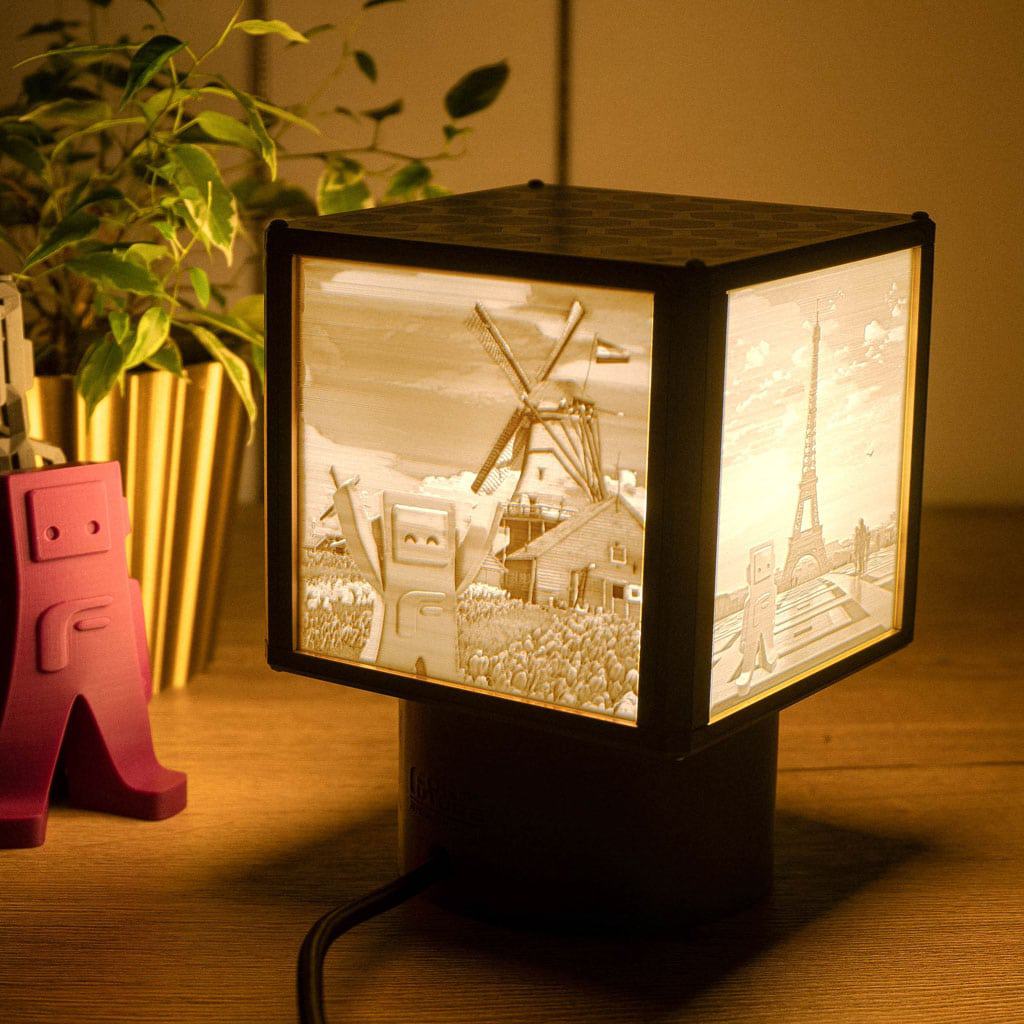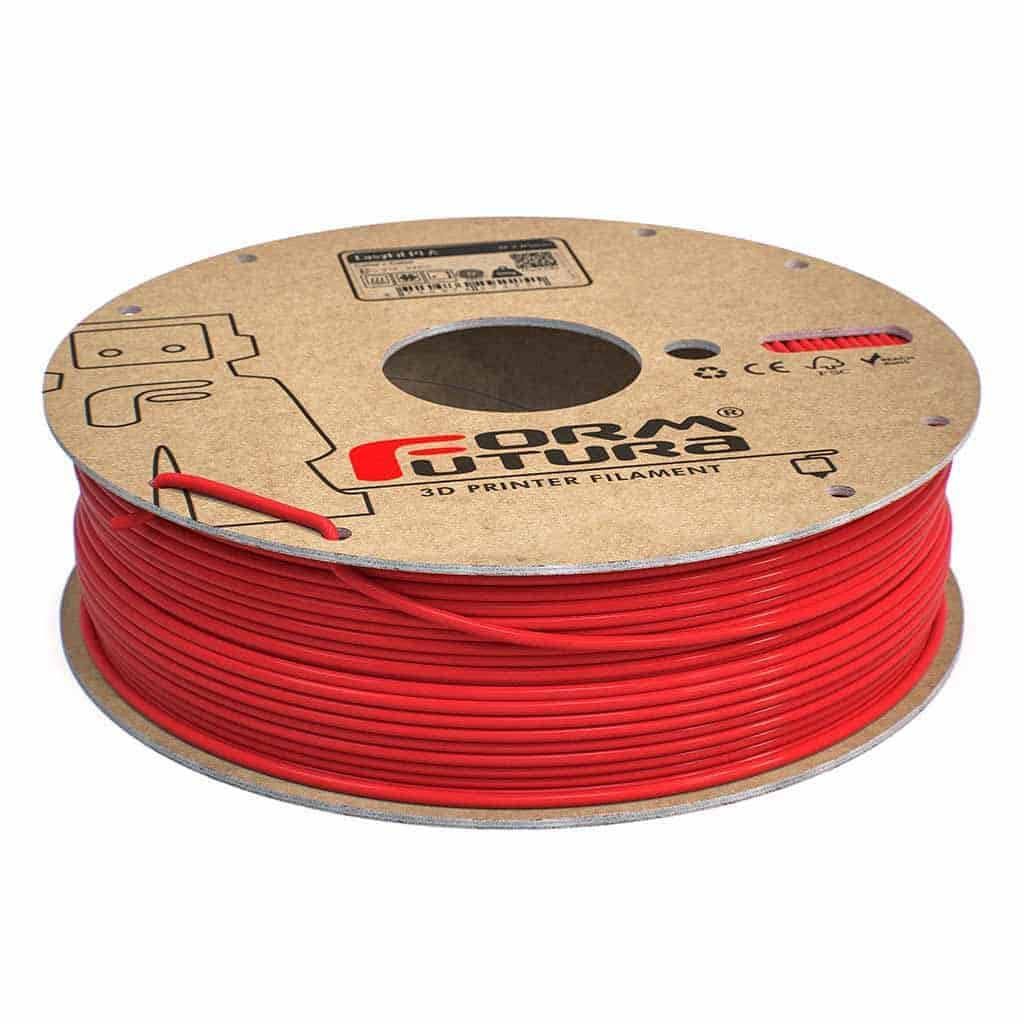How to 3D print a Picture!

Lithophanes are a fascinating blend of art and technology, transforming digital images into luminous masterpieces that captivate the eye. 3D printing, allows anyone to craft stunning, light-activated art right at home.
Whether you're intrigued by the idea of creating a lasting memory, a glowing night light, or even a customized ceiling fan cover, the possibilities are endless. In this guide, we'll explore everything you need to know—from understanding what a lithophane is and how it works to the different shapes, sizes, and materials that can bring your ideas to life.
Whether you're a seasoned maker or a curious beginner, in this blog we will help you turn your favorite images into art.
What is a Lithophane?
Lithophanes are unique, 3D printed images or designs that become visible when backlit by a light source. Originating from the 19th century, lithophanes were traditionally made from thin porcelain sheets, which when illuminated, revealed intricate images through varying thicknesses. The modern twist on this ancient art form comes with the advent of 3D printing, allowing anyone to create these captivating pieces from the comfort of their home.
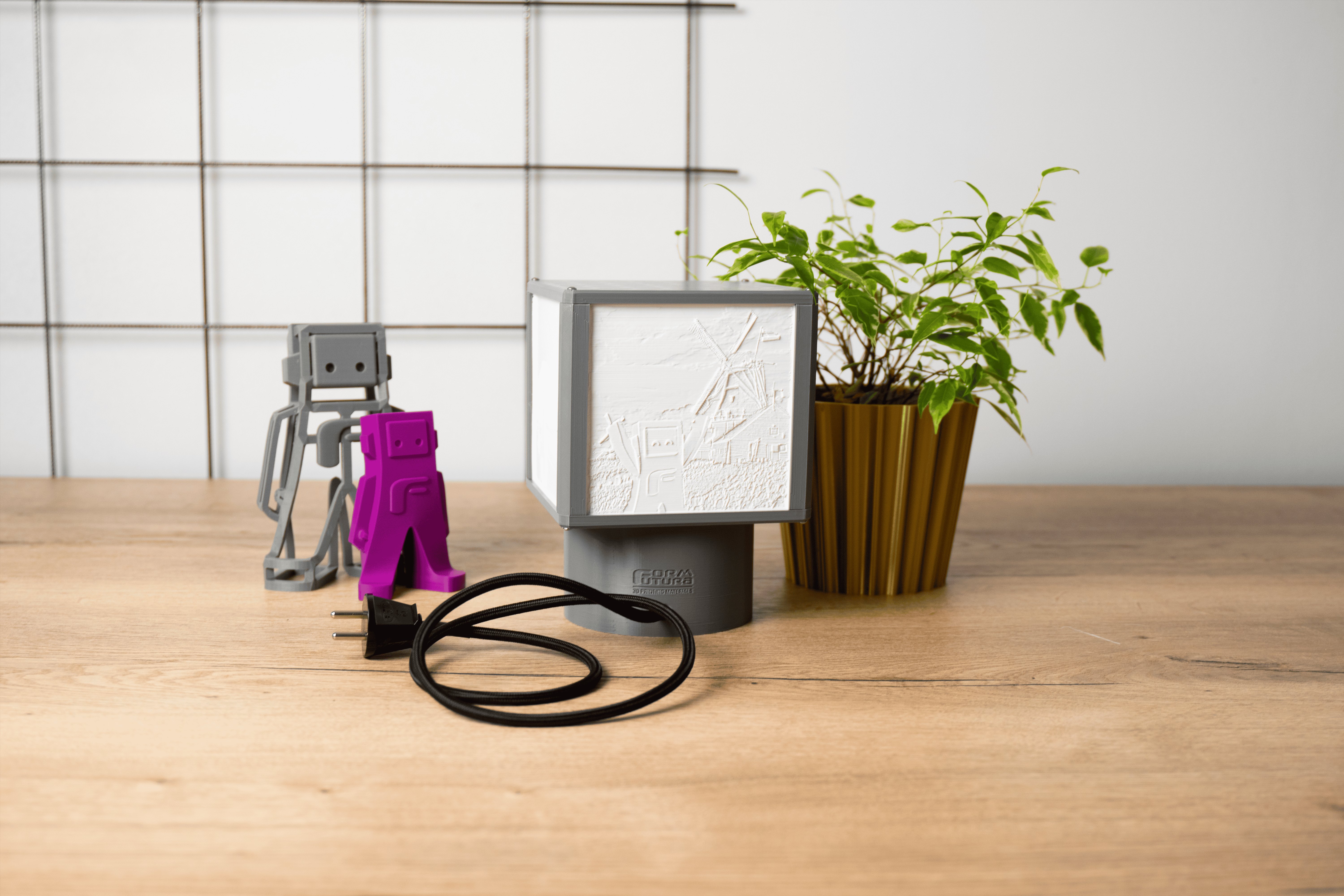
How Does It Work?
The magic of a lithophane lies in its varying thicknesses. When light passes through the lithophane, the thicker parts block more light, appearing darker, while the thinner areas allow more light to pass through, appearing lighter. This creates a high-contrast, detailed image that seems to come to life when placed in front of a light source. The effect is similar to a grayscale image, where the variation in light and dark areas creates depth and detail.
Shapes and Sizes
Lithophanes are incredibly versatile, and one of the joys of creating them is the wide variety of shapes and sizes you can choose from. Whether you're aiming for a classic or a creative design, there’s a lithophane style to suit every taste.
Circular: The circular lithophane is a popular choice due to its symmetry and simplicity. It works well as a stand-alone piece or as part of a larger project, like a decorative lamp shade or a personalized ornament.
Heart Shape: Perfect for gifts or romantic settings, heart-shaped lithophanes add a sentimental touch. These are often used for wedding or anniversary gifts, where a cherished photo can be transformed into a luminous gift.
Half-Circle Night Light: A half-circle lithophane works wonderfully as a night light. Its curved shape allows it to softly diffuse light, making it ideal for creating a gentle, ambient glow in a room.
Light Box: A lithophane light box is a more elaborate option, where multiple lithophanes are combined into a single box structure. When backlit, each side reveals a different image, offering a 360-degree display of your favorite photos or designs.
Globe: For those looking to experiment with more complex shapes, a lithophane globe offers a stunning 3D effect. The spherical design allows for a panoramic image that wraps around the entire surface.
Ceiling Fan: A creative and functional application, lithophanes can also be incorporated into ceiling fan light covers. As the fan spins, the illuminated lithophanes create dynamic visual effects, adding a unique and artistic touch to any room.
With so many shapes and sizes to choose from, lithophanes provide endless possibilities for customization. Whether you’re creating a small, intimate piece or a large, statement-making display, the variety of forms available allows you to tailor your lithophane project to any space or occasion.
Suitable 3D Printing Filaments
When it comes to creating lithophanes, choosing the right filament is key to achieving the best results. PLA (Polylactic Acid) is the most commonly used filament for lithophane printing due to its ease of use, good light diffusion properties, and availability in a wide range of colors.
For the best contrast and clarity, a light-colored or white PLA is recommended, as it allows light to pass through more effectively, highlighting the details of your design.
Additionally, PETG can also be used for lithophanes, offering increased durability and a slightly glossy finish, though it may require more fine-tuning in print settings compared to PLA.
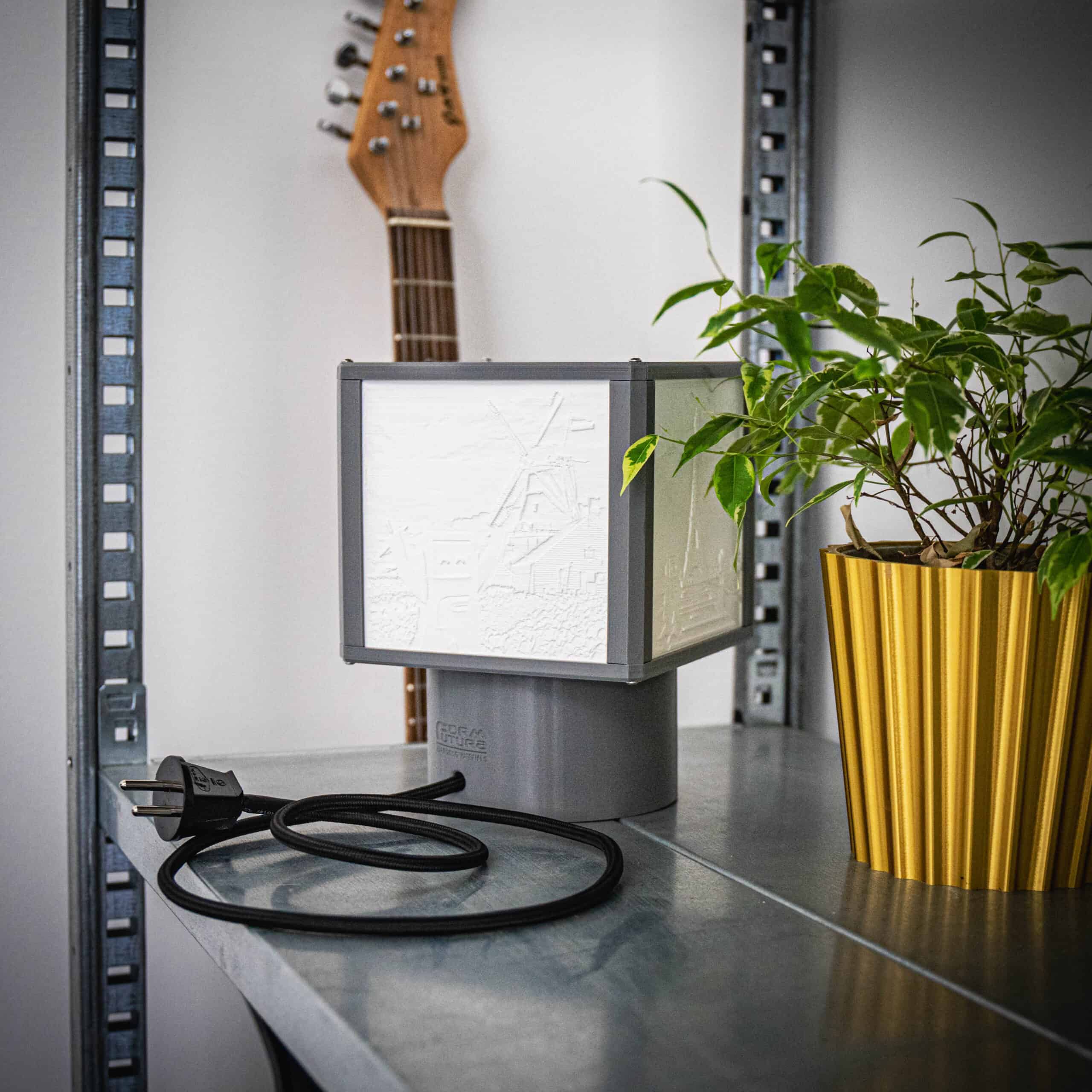
What Do You Need?
To create a lithophane, you'll need a few key items:
Light Source: The beauty of a lithophane is best appreciated when it is backlit. This can be achieved using various light sources like LED panels, windows, or even candles. The type of light you choose will impact the clarity and contrast of the image.
3D Printer: A 3D printer is essential for creating lithophanes in modern times. It allows you to craft the detailed layers needed for the lithophane effect.
- 3D Printing Filament: Like we mentioned before, picking the correct filament is essential for creating beautiful litophanes.
Printing Lithophanes
When printing lithophanes, there are several important considerations to keep in mind:
Orientation: The orientation of your lithophane during printing is crucial. It's generally recommended to print lithophanes vertically, as this allows for better resolution and detail in the image. Printing horizontally can lead to less sharp images due to the layering process.
Material and Print Settings: The most commonly used material for lithophane printing is PLA (Polylactic Acid) because of its ease of use and good light diffusion properties. For best results, use a light-colored or white PLA, as it provides better contrast when illuminated. You’ll want to set your printer to a high resolution, with a layer height of around 0.1mm or lower, to capture the fine details of your image.
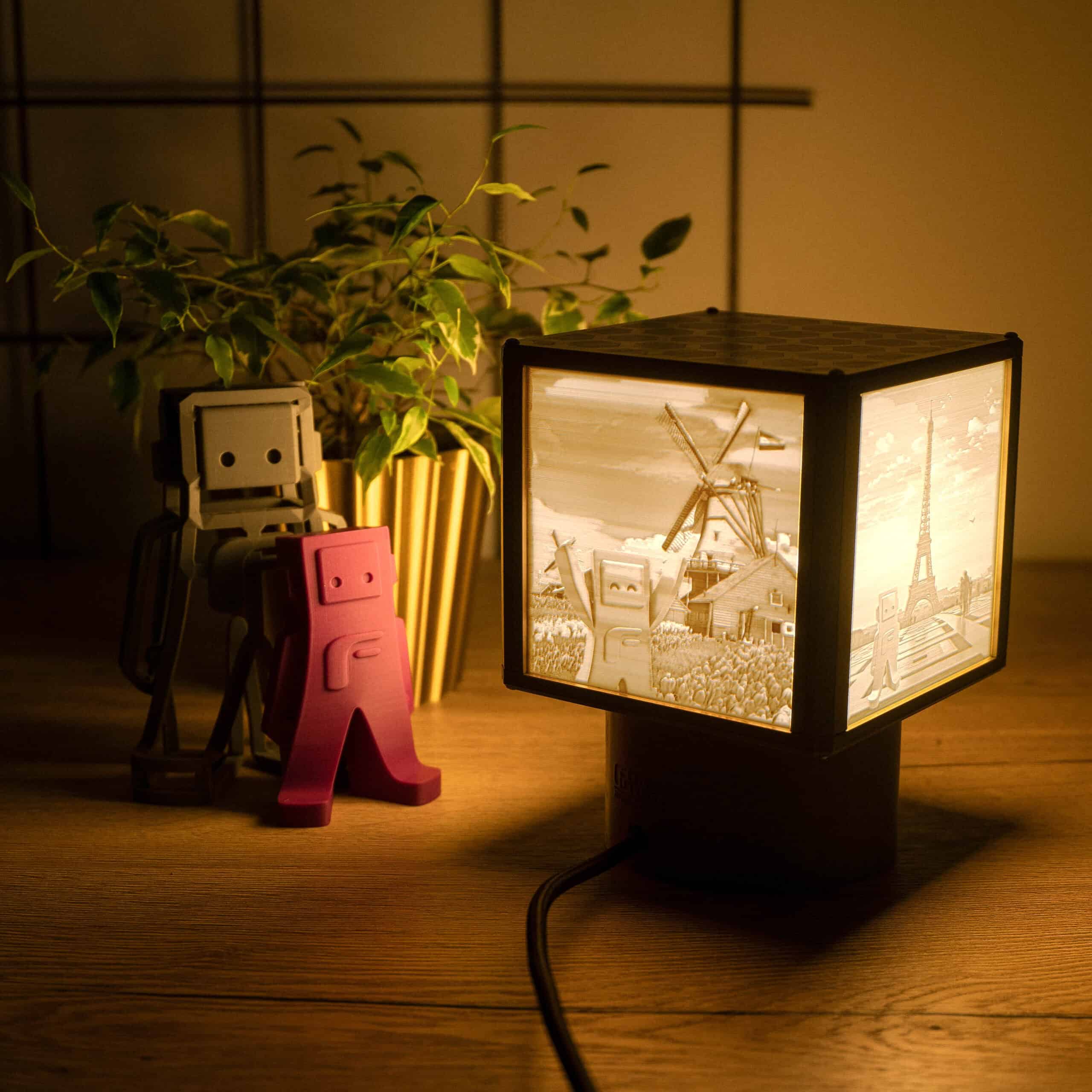
Download our Fil Holiday Litophane to Practise
We've designed a versatile 3D-printed lamp that's perfect for showcasing multiple lithophanes.
This lamp is easy to assemble and provides an ideal way to display your creations, making it an excellent project for those new to lithophane printing. The design is available for free download, allowing you to customize and experiment with different lithophanes as you learn.
Tips and Tricks
ItsLitho.com: Visit ItsLitho.com for helpful tools and resources specifically designed for creating lithophanes, making the process easier and more intuitive for both beginners and experienced users.
Importance of Print Orientation for Stability: Proper print orientation is crucial for ensuring the stability and detail of your lithophane. Printing vertically typically provides better results by enhancing the sharpness and durability of the final piece.
Any Photo Can Be Converted into a Lithophane: Virtually any photo can be transformed into a beautiful lithophane, allowing you to personalize your designs with cherished memories or unique images.
Higher Quality with Smaller Nozzles and Finer Resolution: For the best results, use a smaller nozzle and finer resolution settings on your 3D printer. This will produce higher-quality lithophanes with greater detail and smoother gradients.
Lithophanes Can Be Made with CAD Programs: Beyond standard lithophane generators, CAD programs can also be used to design more complex or customized lithophanes, offering greater creative control over the final product.
Avoid Transparent Materials: When printing lithophanes, steer clear of transparent materials. Opaque or light-colored filaments, like white PLA, provide better light diffusion and contrast for a more striking effect.
Set Infill to 100% for Best Results: Always set the infill to 100% when printing lithophanes. This ensures the structure is solid, which enhances the clarity and sharpness of the image when backlit.
Conclusion
Creating a lithophane is a rewarding process that merges art with technology. Whether you're looking to capture a treasured memory, design a unique gift, or simply explore a new creative outlet, lithophanes offer a fascinating way to turn images into tangible, luminous works of art. With the right tools and settings, you can easily bring your designs to life through the subtle interplay of light and shadow.

